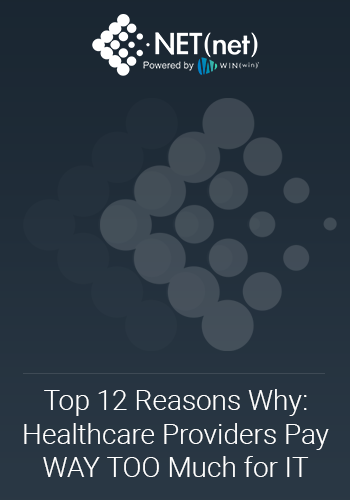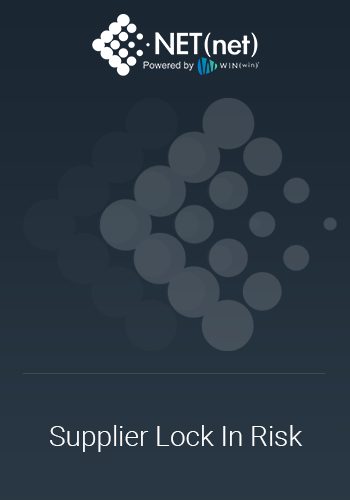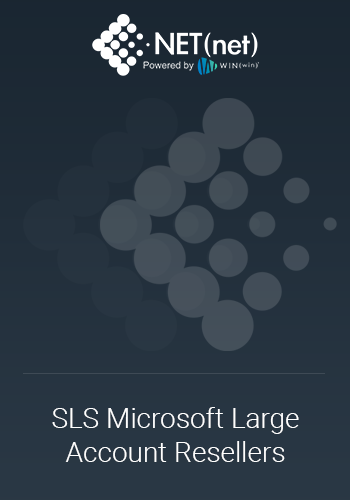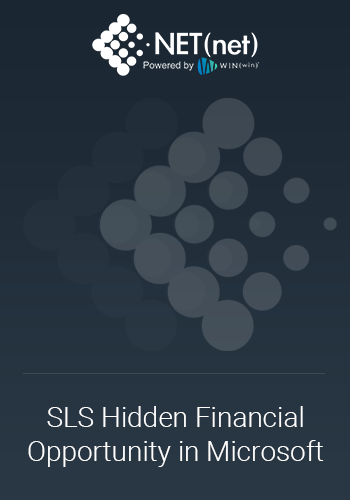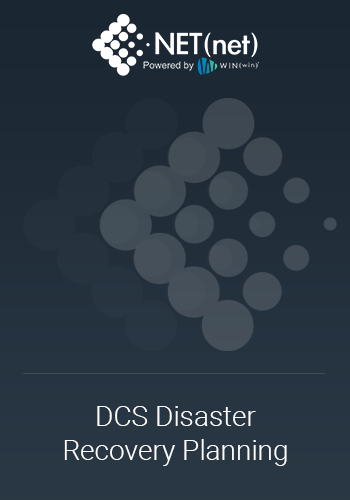Preface:
Thank you for joining us for this 10-part series to discuss the Top 10 Ways You can Save on your Mainframe Costs in 2023.
- Nearly all Clients are Clamoring for Savings in 2023. This is largely due to (a) rising input costs, (b) softening business forecasts, and (c) continued economic headwinds. This has caused many clients to re-evaluate spending plans and implement new cost-cutting targets.
- IT is the Number One Cost Savings Category of the Modern IT is typically the highest indirect spend area for modern enterprises and is also the cost category with the highest potential yield (we average about 33% savings on addressable IT spend). In addition, since 2020, clients have largely exhausted conventional cost savings countermeasures such as canceled projects, delayed spending plans, and cuts in discretionary spending, and many have even gone through Reductions In Force (RIFs), and/or even facility closures. As a result, clients are at risk of cutting muscle and bone this year as cost reduction demands persist, but desperate measures are not necessary when we can help you harvest considerable value from your mainframe supply chain, do so with minimal risk, and perhaps even get additional value including modernization among other benefits.
- NET(net) is the Number One IT Cost and Value Optimization Provider. In the last 20 years, we have shaped over $2 Trillion of investment, captured well over $400 Billion of incremental value for our clients and partners, and have an 85% probability of achieving savings ranging between 13-53%.
Introduction:
When it comes to Mainframes, NET(net) sees incredible savings opportunities in 2023. Not since 2008 has there been as much downward pricing pressure on technology incumbents, and we believe meaningful savings targets can be achieved, but due to the market conditions, technology incumbent suppliers are seeking to increase prices and will be highly disruptive to any cost savings agenda, so it will require a commitment to do the hard work to realize meaningful reductions.
With that as a backdrop, we give you our Top 10 Ways You can Save on your Mainframe Costs in 2023.
In case you missed our previous installments, take a look back at our previous posts:
- Part 0 (Feb 1): Price Benchmark Your Mainframe Costs
- Part 1 (Mar 1): Optimize Mainframe Licensing
- Part 2 (Apr 1): Minimizing MIPS (Millions of Instructions Per Second)
- Part 3 (May 1) Optimizing MLCs
Way #4 of 10: Upgrading your Operating Environment (both hardware and software)
- Upgrading your Operating Environment – can help you save money on mainframe costs:
- Upgrading the Hardware - can help you save money on mainframe costs, but it depends on the specific circumstances. Here are a few ways upgrading hardware might achieve this:
- Hardware Consolidation: Upgrading your mainframe hardware can often lead to better performance and higher capacity. With newer hardware models, you may be able to consolidate workloads, run more virtual machines, or accommodate larger memory configurations. By consolidating workloads, you can reduce the number of physical machines, leading to savings in power, cooling, and maintenance costs.
- Improved efficiency: Upgrading to newer hardware can help client organizations run their systems more efficiently, reducing the effort and costs associated with maintaining and running their systems.
- Modernization and Integration: Upgrading your mainframe's operating environment can open up opportunities for modernization and integration with newer technologies and platforms. This can enable you to streamline processes, improve interoperability, and reduce reliance on legacy systems, potentially leading to cost savings through increased operational efficiency and reduced complexity.
- Enhanced Performance and Productivity: Upgrading your mainframe's operating environment can improve system performance and productivity. Faster processing speeds, increased memory capacity, and improved I/O capabilities can reduce overall processing time and enable more efficient use of system resources. Improved performance translates to cost savings by enabling you to handle larger workloads or accommodate additional users without the need for additional hardware investments.
- Reduced hardware costs: Upgrading to more efficient hardware can help client organizations reduce their energy costs and reduce the costs associated with cooling and other infrastructure.
- Improved scalability: Upgrading to newer hardware can help client organizations quickly and easily scale their systems as their needs change, without having to purchase additional hardware.
- Increased competitiveness: Upgrading to newer hardware can help client organizations stay competitive by taking advantage of the latest technology and features.
- Maintenance and Support: As mainframe hardware ages, the cost to support older equipment generally increases. What’s more, suppliers may gradually phase out maintenance and support services. By upgrading to newer technology, you can ensure that you have access to ongoing support, bug fixes, security updates, and hardware maintenance services. This helps avoid the risk of increased hardware maintenance costs associated with unsupported or outdated systems.
- Upgrading the Hardware - can help you save money on mainframe costs, but it depends on the specific circumstances. Here are a few ways upgrading hardware might achieve this:
It's important to carefully assess the costs and benefits of upgrading hardware before deciding to do so, as upgrading can also introduce new costs and complexities, such as the cost of new hardware and the effort required to migrate to new systems. Additionally, it's important to consider whether upgrading will achieve the desired cost savings, as this can vary depending on the specific circumstances.
- Upgrading the Software – can help you save money on mainframe costs, but it depends on the specific circumstances. Here are a few ways upgrading software might achieve this:
- Software License Optimization: Upgrading your mainframe's operating system and related software can help optimize software licenses. Older versions of operating systems and software may have different licensing models or limitations. By upgrading, you may be able to take advantage of more favorable licensing terms, consolidate licenses, or eliminate unnecessary software components, resulting in cost savings.
- Improved efficiency: Upgrading to newer software can help client organizations run their systems more efficiently, reducing the effort and costs associated with maintaining and running their systems.
- Reduced software costs: Upgrading to newer software can help client organizations reduce their license costs and support costs, as well as provide access to new features and functionality.
- Improved scalability: Upgrading to newer software can help client organizations quickly and easily scale their systems as their needs change without having to purchase additional hardware.
- Increased competitiveness: Upgrading to newer software can help client organizations stay competitive by taking advantage of the latest technology and features.
- Maintenance and Support: As mainframe systems age, and support personnel are allocated to the areas of new functionality, suppliers generally increase the cost to support older software versions, creating an incentive to upgrade. What’s more, suppliers may gradually phase out maintenance and support services for various versions or even titles. By upgrading to newer versions or products, you can ensure that you have access to ongoing support, bug fixes, security updates, and product upgradability rights. This helps avoid the risk of increased software maintenance costs associated with unsupported or outdated systems.
It's important to carefully assess the costs and benefits of upgrading software before deciding to do so as upgrading can also introduce new costs and complexities, such as the cost of new software licenses and the effort required to migrate to new systems. Additionally, it's important to consider whether upgrading will achieve the desired cost savings as this can vary depending on the specific circumstances.
Conclusion
It's important to note that the cost savings resulting from upgrading your mainframe's operating environment will depend on various factors, such as your specific workload requirements, existing hardware and software versions, and the potential benefits offered by the new hardware and software. Conducting a thorough cost-benefit analysis and engaging a qualified mainframe cost optimization expert such as NET(net) can provide you with more accurate insights tailored to your organization's needs.
How Much Can You Save?
By working closely with NET(net) to implement these and other savings strategies as part of our Top 10 Ways to Save on Mainframes, client organizations can reduce their mainframe costs significantly and better align their spending with their actual usage, resulting in a more cost-effective mainframe environment.
- Clients fully committed to mainframe modernization efforts can save 80-90%.
- Clients who are committed to a Mainframe Cost Optimization (MCO) initiative (including workload migrations), but who have limited ability to move applications off the mainframe can still see savings between 32%-60% with full scoped work efforts.
- Clients who are unwilling or unable to consider disruptive strategies, but those that still want to work with us strategically to optimize mainframe consumption and maintenance costs can see savings that range anywhere from 13%-33%.
- Clients who believe they can do this all on their own and those who believe they have all the skills, toolsets, and market & supply side knowledge to get the best outcomes likely have a savings opportunity of 5-15%, but most get only minor or no savings and unfortunately erode the opportunity to get future savings by unknowingly making subtle yet critical mistakes which is why we always strongly recommend working with us as your trusted advisor.
Stay Tuned
Our next installment (5 of 10) in this 10-part series of the Top 10 Ways You can Save on your Mainframe Costs in 2023 is a detailed look at how client organizations can reduce costs by carefully considering their mainframe maintenance service and support contracts.
Summary
In all respects, extracting value from the mainframe supply chain in 2023 is not going to be easy as the big iron cartel will not only be wildly disruptive to any cost savings effort, but they will also be implementing their own cost increase agendas. If you're ready to take on the challenge and are dedicated to putting in the hard work with us, Contact Us today to learn more about how we can help you save on your mainframe as well as all your other technology investments or Sign up now for a Savings Cloud subscription, and we will get started on helping you save money right away.
About NET(net)
Founded in 2002, NET(net) is the world’s leading IT Investment Optimization firm, helping clients find, get, and keep more economic and strategic value in their technology supply chains. Over the last 20 years, NET(net) has influenced trillions of investment, captured hundreds of billions of value, and has helped clients cost and value optimize all major areas of IT Spend, including XaaS, Cloud, Hardware, Software, Services, Healthcare, Outsourcing, Infrastructure, and Telecommunications, among others. NET(net) has the experience you want, demonstrates the expertise that you need, and delivers the performance you demand and deserve. Contact us at info@netnetweb.com, visit us online at www.netnetweb.com, or call us at +1 (616) 546-3100 to see if we can help you capture more value in your IT investments, agreements, deployments, and relationships.
NET(net)’s Website/Blogs/Articles and other content is subject to NET(net)’s legal terms, offered for general information purposes only, and while NET(net) may offer views and opinions regarding the subject matter, such views and opinions are not intended to malign or disparage any other company or other individual or group.

